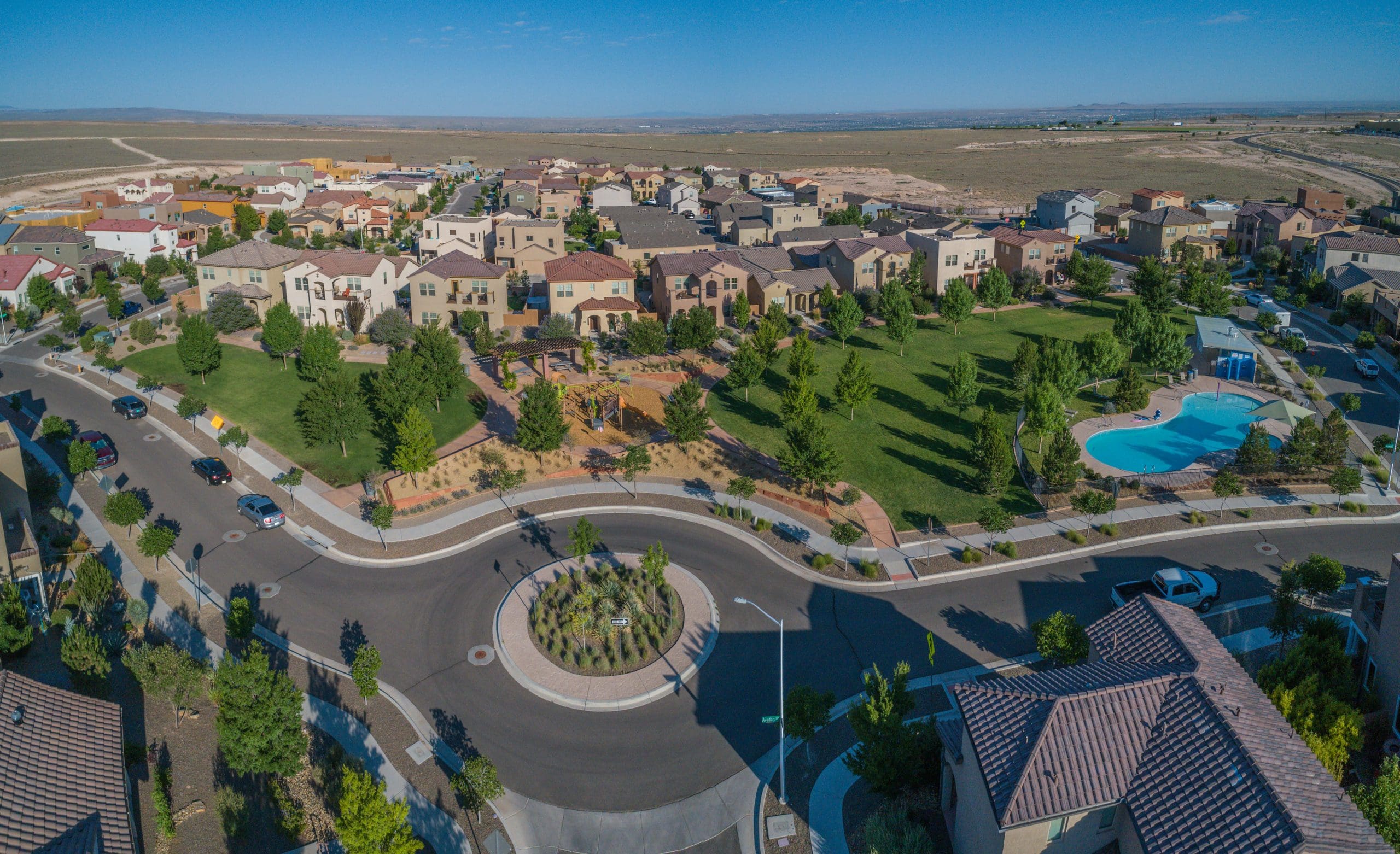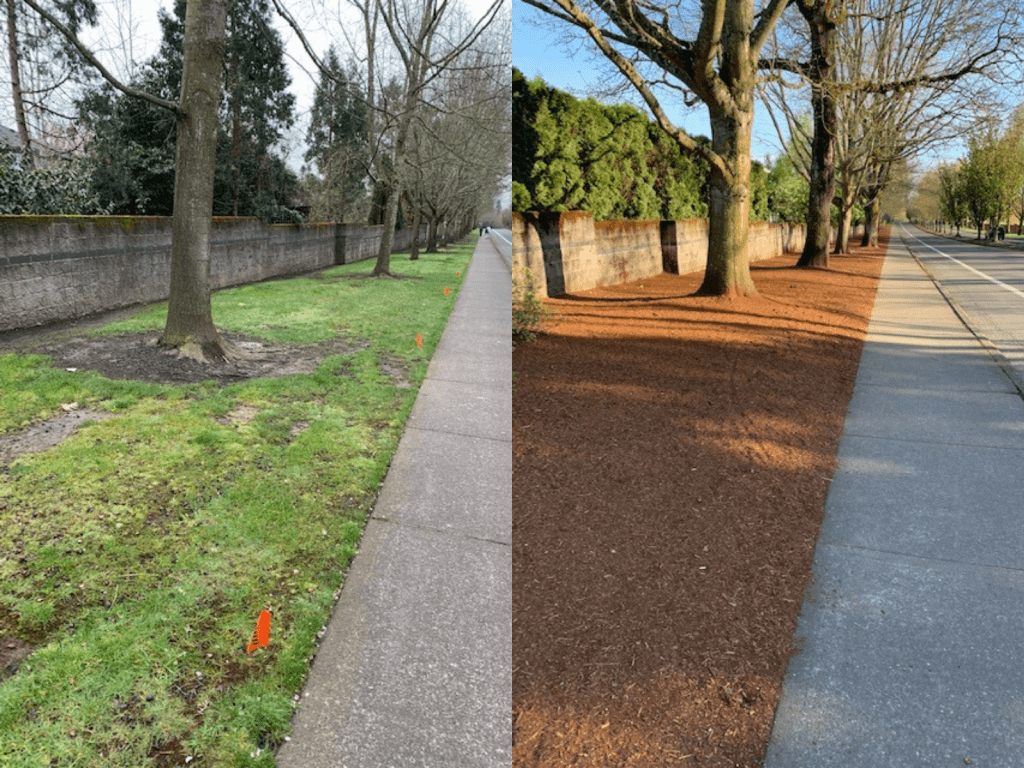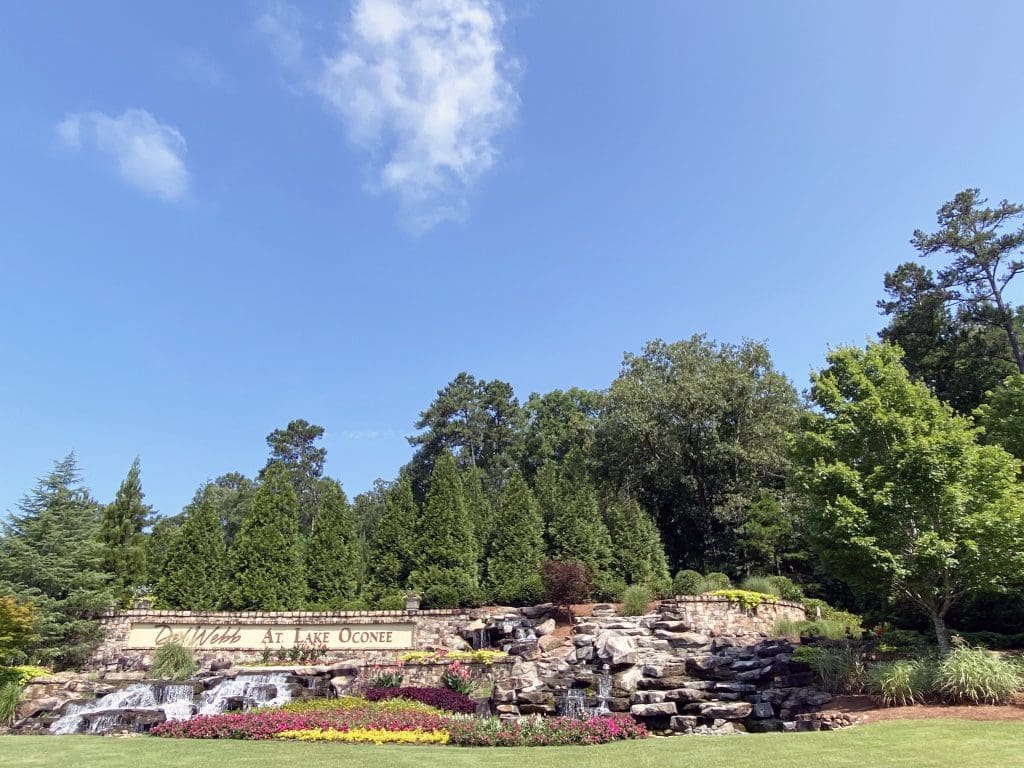
Homeowners associations (HOAs) exist to uphold their bylaws and protect owners’ property values. Because people residing in the community are paying dues to the HOA to manage neighborhood common areas and sometimes their own property, expectations are high.
“HOAs are often unfairly stereotyped as nitpicky for the way that they choose to enforce the standards of the community, but the reality is that every homeowner chose their home in that development for a reason and fully understood what they were committing to when they signed their contract,” says Joseph Barnes, marketing director for Yellowstone Landscape, headquartered in Bunnell, Florida. “Being a part of an HOA board is a thankless job, but if you really think about it, these are the people that are responsible for maintaining the property values of all their neighbors’ homes. That’s a pretty big responsibility.”
While HOAs can have a negative stigma of being too demanding, Barnes argues if they are doing what they’re supposed to, it’s never hard to keep clients happy.
“I know there’s a reluctance from a lot of really great companies in our industry to dive too heavily into the HOA market,” Barnes says. “Yes, HOAs do require more communication than other types of clients. You have to stay engaged with what’s happening in the community. Understand the politics and pressures facing the board and the community manager. But if we clearly define upfront what success looks like for them, demonstrate that we are helping them to maintain the values of their homes, and respond quickly to any issues that come up, they can be a really great long-term client.”
Molly Rios-Nogales, HOA account manager for Pacific Landscape Management, based in Portland, Oregon, says it can be hard trying to balance individual requests from the board or homeowners without disrupting maintenance activities.
Common Pain Points

Because homeowners are passionate about their property maintenance, some of the hot button issues for HOAs tend to be when turf gets damaged during the wet season or by improper chemical usage on the turf and in the plant beds. Rios-Nogales says they remind their crews to be careful when it’s wet and will sometimes skip mowing some areas if it’s too wet.
“Our crews carry a bucket of grass seed and will flatten out the area that is damaged, put turf seed down, take a photo and will send it to me so I can share that with the customer,” Rios-Nogales says.
For chemical use, Rios-Nogales has verbiage that she sends to the board to explain why they used pre-emergent and broadleaf control and how they follow the label to the law. They also notify the property manager and board one week in advance before treating a property.
“In a few cases, homeowners opt-out and are on a no-spray list, where we will not treat their bed or turf areas,” Rios-Nogales says. “In these cases, the homeowner should expect weed pressure that develops and that is explained to the property contacts.”
Barnes adds that their new HOA clients are looking for consistency and communication.
“Consistency can mean a few different things, but our HOA clients usually want to see us in their communities providing services on the same day of the week, and they like to see the same crew working in their neighborhood each week,” Barnes says. “They understand that the familiarity of our crews with the property, especially for a large-scale HOA is really important to give them a great result.”
HOA boards and community managers are also looking for one point of contact, and Barnes says this is where they rely on their account managers.
“Regardless of the size of the community, all HOAs expect and deserve a single point of contact,” Barnes says. “A single person they can call if they have an issue or a question about any aspect of their landscape. That account manager can then hand off the issue to a specialist, like an irrigation technician, but once the issue is resolved, the client wants to hear back from the account manager that it’s been taken care of. Closing the loop on issues in a timely manner is key to building a good relationship with an HOA client.”
Rios-Nogales says a few years ago they recognized HOAs are a different market with a unique need, unlike a commercial or retail account so they created a position for HOA-only account managers, who are aware that what may be acceptable for other accounts may not be acceptable for an HOA.
“For example, rejuvenation is something we promote in January,” Rios-Nogales says. “At a commercial account, we may be able to cut certain shrub material to the ground without an issue. At an HOA, homeowners may not like that look in front of their homes. I typically spend time discussing and educating them what we are going to rejuvenate, how it will get done and what it will look like 6 months and 1 year from now. I sometimes provide a documented plan to get approval. It is a process.”
Establishing A Relationship
When taking on a new HOA client, Rios-Nogales says she will do a site walk with the people she will be working closely with to establish the scope of the maintenance and introduce herself.

Photo: Pacific Landscape Management
“It is a good time to get to know the board and property manager and to establish a rapport,” she says. “I like to hear what the issues were with the previous company and for them to share what vision they have for their property.”
Barnes says when they are considering a service partnership with a new HOA it is imperative they meet with as many people in the community as they can.
“HOAs have resident-elected boards, community managers, landscape committees, not to mention the homeowners, involved when they make a decision about their landscape, and they all want to be heard,” he says. “Ideally, all parties will have the same goals and expectations, but that’s not always the case. That’s why we need to understand all the dynamics of the community before we ever start services.”
Rios-Nogales says while homeowners want beautiful, well-maintained landscapes, HOA communities can be unique as homeowner goals. Some want to focus on water savings and reduction of chemical use while others prefer to keep the status quo. Some properties want a naturalized look and others want to preserve the original plantings from when the property was first built.
“It is a good idea to discuss the HOA goals and vision for the property each time you are dealing with a new board member, as what is important to one person may be different for another,” Rios-Nogales says. “Board members can turn over, so it is important to establish a relationship with each person you’ll be dealing with. It’s a good idea to be flexible when there are new ideas for what is important to the community. We are there to help support that.”
Pacific Landscape Management likes to be proactive with HOAs and provide long-term goals in the form of 1, 3, and 5-year plans. This could be projects such as tree removal and replacement or water conservation projects.
Rios-Nogales says she conducts regular site walks once a month or once a quarter and will also meet with her contact regularly to see how things are going and if there are any issues on the property.
“Sometimes it is best to talk about issues in person, rather than in email or over the phone,” she says.
Exceeding Expectations
Because there are so many voices and opinions when it comes to HOAs, Barnes says their first job is to align all of those individual expectations into a single scope of work that will deliver results to please everyone. They will map out clearly what is included in the service contract and how many times those services will be performed.

“Once everything is laid out clearly, it’s a lot easier to show that you’re meeting their expectations,” Barnes says. “When the client really takes the time to understand how much work it takes us to get the result they’re looking for, and is willing to invest in their community’s landscape, it’s easy to exceed expectations and develop a great long-term partnership with any size HOA.”
Some of the keys to keeping the HOA board happy are to conduct regular site walks, attend HOA board meetings, provide regular communication and send pictures of issues and what your crews are doing on the property. Rios-Nogales says that getting ahead of issues, setting expectations and developing trust by listening all improve the relationship.
“HOA communities are unique and require acute attention to detail, good communication and follow up,” Rios-Nogales says. “When you do something extra on a property, let your customer know. When you make a mistake, own up to it and try to make it right. Provide recommendations that are best for the customer.”
Rios-Nogales says often HOAs seek out a new service provider because they are frustrated and want a company that will serve the needs of the community.
“We like to meet with the board members when providing a proposal to bid on a new property,” Rios-Nogales says. “That gives us a chance to tell them what we are about, what we can provide and to acknowledge that communication is key to success. We are there to provide support for the HOA’s vision of their community. Board members like that we understand HOAs are important to the people that live there. It’s not just about mowing and pruning. It’s about connecting with the people and providing excellent landscaping services.”
Barnes adds that rarely are they invited to submit a proposal to an HOA purely based on their dissatisfaction with the appearance of the landscape. He says it’s often the ‘soft skills’ that are lacking and they are looking for responsiveness.
“To really stand out from the competition, you have to become their ally,” Barnes says. “Someone to help them show the residents what they’re doing with all the money they collect in HOA dues. For most HOAs we work with, landscaping is the single largest line item in their annual budget. Residents have a right to see their money being put back into the community. Maintaining and improving the community’s landscape is a great way for the board and the community manager to show the value of the residents’ investment.”
This article was published in the March/April issue of the magazine. To read more stories from The Edge magazine, click here to subscribe to the digital edition.

